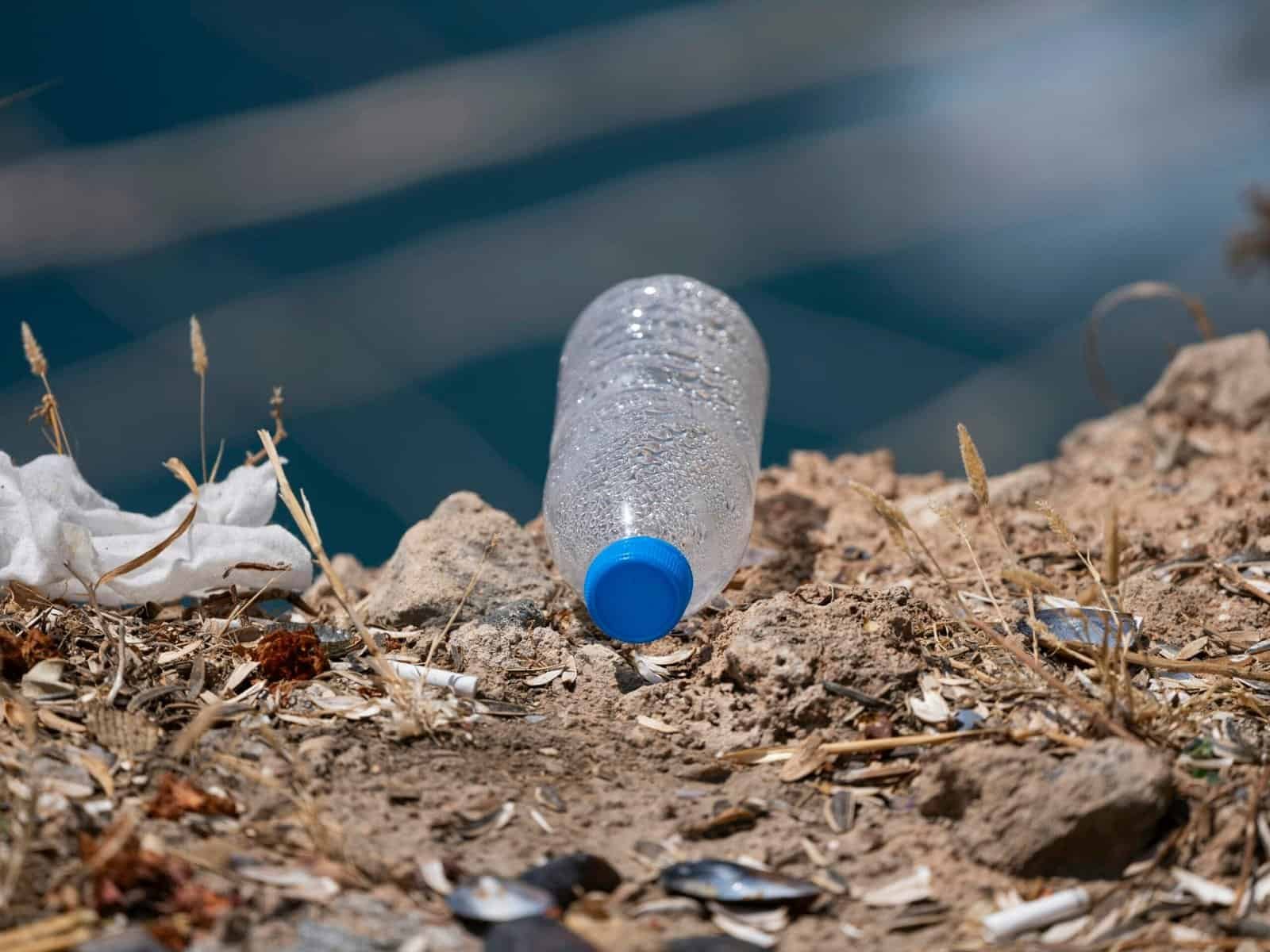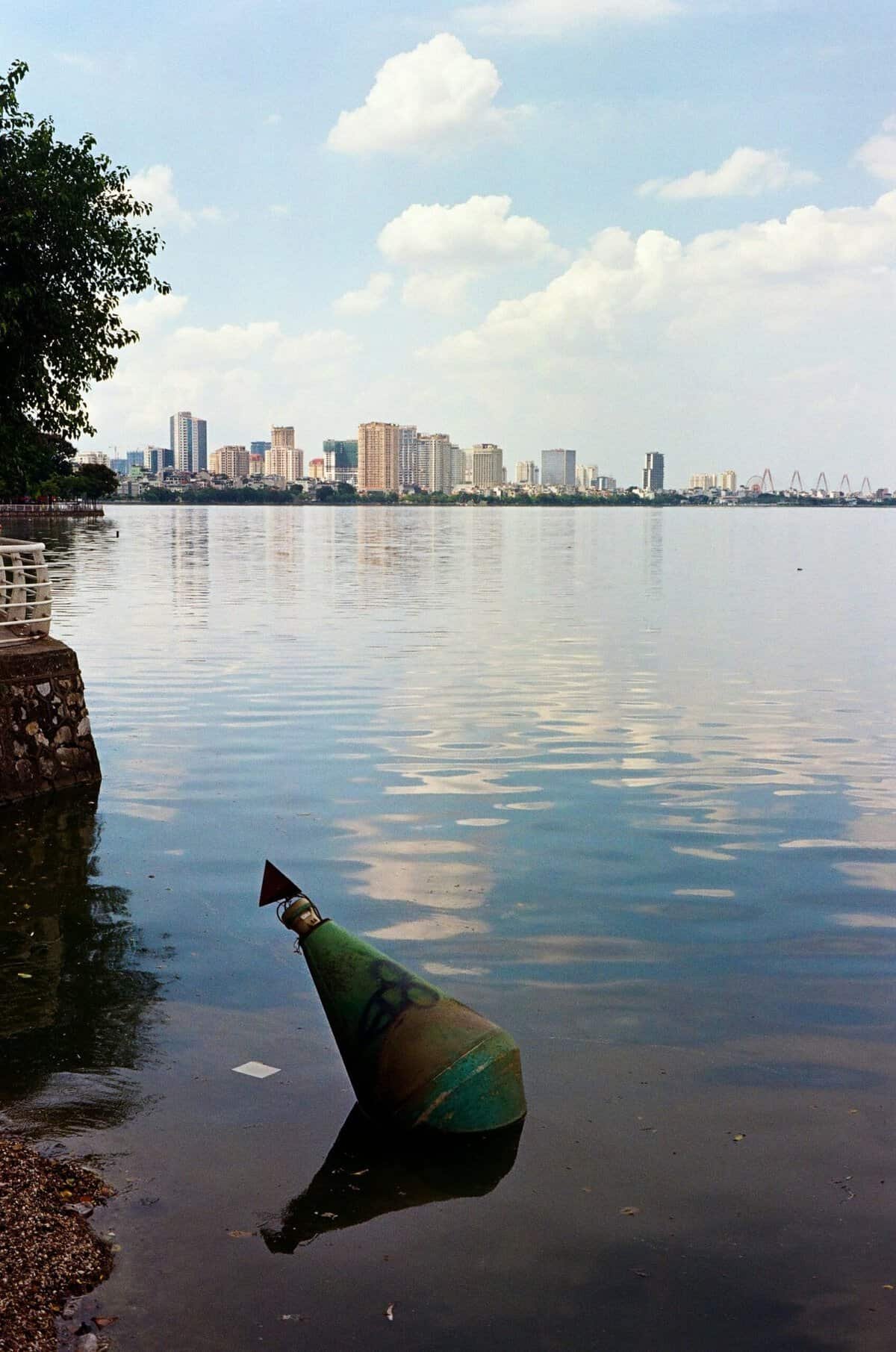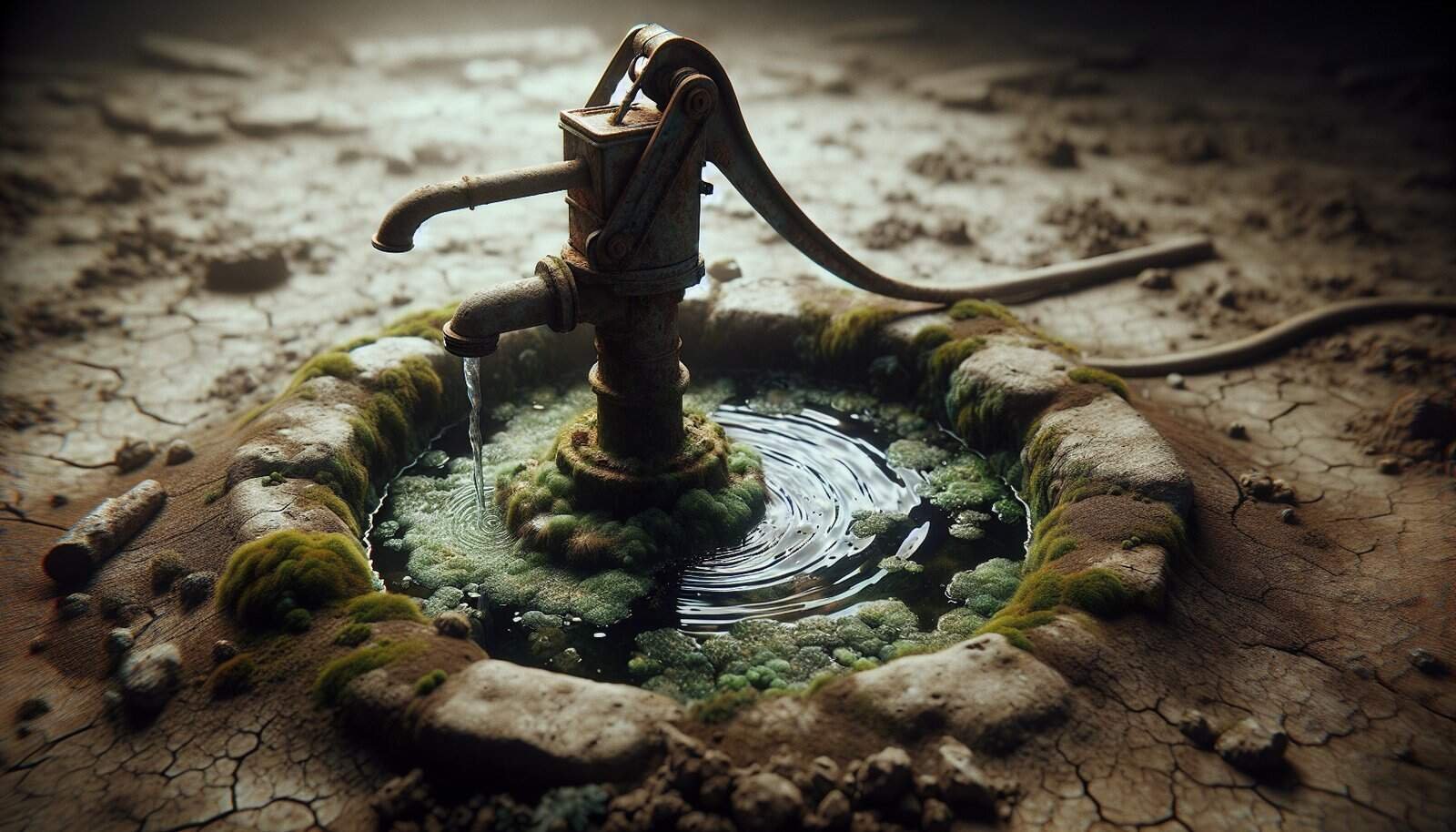Are you confident that your shallow well is keeping your water safe for you and your family?

What Are The Risks Of Shallow Water Wells?
Shallow wells can be a practical and inexpensive water source, but they come with specific vulnerabilities you should understand. Because they tap near-surface groundwater, they are more likely to be affected by surface contamination and seasonal changes than deeper wells.
How shallow is “shallow”?
You’ll see different definitions, but a shallow well is commonly considered any well less than about 50 feet deep. Some definitions use 25 feet or less. These wells often include dug, bored, or driven types, which tend to have larger openings and fewer sanitary protections than drilled wells.
Primary Risks Associated with Shallow Water Wells
Each risk below is described in terms you can use to assess and manage your well.
Microbial contamination (bacteria, viruses, protozoa)
Because shallow wells are close to the surface, bacteria such as total coliform and E. coli, and protozoa like Giardia or Cryptosporidium, can enter from surface runoff, animal waste, failing septic systems, or floodwaters. Microbial contamination can cause gastrointestinal illness, especially in children, the elderly, and immunocompromised people.
Chemical contamination (nitrates, pesticides, VOCs)
Nitrate from fertilizers and septic systems and pesticides from agriculture can leach into shallow groundwater. Volatile organic compounds (VOCs) from leaking underground storage tanks or industrial use may also contaminate wells. Long-term exposure to certain chemicals can cause chronic health problems, including birth defects, cancer risk, and organ damage.
Turbidity and sediment
Shallow wells may draw in silt, sand, or organic matter, especially after heavy rain or if the well casing is compromised. High turbidity can protect microbes from disinfection and can clog pumps and treatment equipment.
Surface runoff and floodwater intrusion
Runoff during storms and flood events can carry contaminants to the wellhead if the well is not properly sealed or the surrounding grading allows pooling. Floodwater often contains sewage, agricultural chemicals, and other hazardous substances.
Seasonal fluctuations and drying
Shallow wells are more affected by seasonal recharge, drought, or pumping from nearby wells. You may experience reduced yield, air in the pump, or water quality changes during dry periods.
Structural and construction defects
Older or poorly constructed wells (e.g., inadequate casing, missing sanitary cap, ungrouted annulus) allow pathways for contaminants. Dug wells with no proper casing or exposed pits are especially vulnerable.
Corrosion and aging materials
Metal components, pumps, or poorly selected materials can corrode or break down, creating contamination pathways or introducing metals (like iron or lead) into your water.
Cross-contamination from nearby systems
Improperly located septic systems, livestock pens, barns, chemical storage, or agricultural fields can pose direct contamination risks if setbacks and protective measures are not observed.
Common Contaminants: Sources, Effects, and What You Can Do
Use the following table to quickly understand common contaminants, their likely sources, health effects, and typical prevention or treatment options.
| Contaminant | Typical sources | Health effects | Prevention / Treatment |
|---|---|---|---|
| Total coliform / E. coli | Surface runoff, animal waste, failing septic systems, floods | Gastrointestinal illness, fever, vomiting | Annual testing, sanitary cap, grout, shock chlorination, UV/chlorine treatment |
| Giardia / Cryptosporidium | Surface water intrusion, contaminated runoff | Prolonged diarrhea, dehydration | UV disinfection, microfiltration, prevent surface entry |
| Nitrate / nitrite | Fertilizer, septic systems, manure | Blue baby syndrome (infants), other long-term issues | Maintain setbacks, reduce fertilizer use, ion exchange, reverse osmosis |
| Pesticides / herbicides | Agricultural runoff, lawn chemicals | Various chronic effects, endocrine disruption | Buffer zones, testing, activated carbon, reverse osmosis |
| Volatile Organic Compounds (VOCs) | Fuel spills, industrial leaks, solvents | Neurological effects, organ damage, cancer risk | Source control, activated carbon, air stripping |
| Heavy metals (lead, arsenic) | Natural geology, old plumbing, industrial sources | Chronic health effects, cancer, organ damage | Replace plumbing, targeted removal (RO, adsorption), test regularly |
| Turbidity / sediment | Nearby construction, poorly sealed well, erosion | Protects microbes from disinfection, pump wear | Improve well sealing, install filters, stabilize grading |
How Do You Prevent Surface Runoff From Entering Your Well?
Preventing surface runoff entry is one of the most effective ways to protect a shallow well. Your efforts should combine good site design, well construction details, maintenance, and land-use practices.
Well siting and setbacks
You should site wells upgradient from potential contamination sources whenever possible. Maintain appropriate minimum setback distances between your well and hazards like septic systems, livestock yards, manure piles, fuel tanks, storage areas, and roadways. Local regulations vary, but typical recommended distances include:
- Septic tank: 50–100 feet
- Septic leach field: 100–200 feet
- Fuel storage / chemical storage: 50–100 feet
- Livestock pens or manure piles: 50–100 feet
Check your local health department for exact requirements and guidance.
Well casing and sanitary seal
Your well casing should extend above the ground surface and be sealed to prevent surface water entry.
- Ensure the casing rises at least 12 inches above ground surface, or higher if flood risk exists. In flood-prone areas, the casing should be above the anticipated flood level.
- Install a sanitary well cap that screws on and is vermin-proof and watertight.
- The annular space between casing and borehole should be properly grouted (e.g., bentonite or cement grout) to create a seal that prevents surface water migration down the outside of the casing.
Concrete apron and grading
A concrete apron around the well creates a solid surface, directing runoff away from the wellhead.
- Typical apron: at least 2 feet in diameter around the casing with a slight slope away from the well (e.g., 1/4 inch per foot).
- Grade the immediate area so the land slopes away from the well; a common recommendation is a 2–5% slope (i.e., 2–5 feet of drop over 100 feet) away from the well for the first 10 feet.
- Avoid depressions or low spots that allow water to pool near the wellhead.
Surface drainage features
If your property is subject to heavy runoff or stormwater, you can add features to control flow.
- Shallow swales or diversion ditches to route water away from the well.
- Gravel or rock around the apron to reduce splash and erosion.
- Berms or small retaining features placed to redirect runoff (but not trap water against the well).
Cover and protective casing options
Secure a sanitary well cap or locking cap designed for drinking water wells. If the well is in a pit or has an exposed pit cover, convert it to a sealed sanitary cap and consider relocating or upgrading the well to a pitless design.
Vegetation and land use near the well
- Keep at least a small buffer zone of grass or low vegetation around the well. Trees planted too close can cause root damage to casing or improve animal access.
- Do not store chemicals, fuel, pesticides, or manure near the well.
- Prevent livestock access. Fencing off the well area reduces manure contamination and physical damage.
Flood-prone well special measures
If your well is in a floodplain, you should take additional precautions.
- Elevate the casing above potential flood levels if possible.
- Secure the well to prevent the cap from being displaced in high flows.
- After any flood, do not drink the water until it has been tested and the well has been disinfected as necessary.

Testing Your Well: What, When, and How Often
Regular testing is essential. You can’t see microbes or many chemicals, so periodic laboratory testing is the only reliable way to know your water is safe.
Basic testing schedule
- Bacterial (total coliform and E. coli): At least once per year and immediately after any event that could compromise the well (flooding, repairs, pump replacement, power outage causing pump run-dry).
- Nitrate: Annually, and more often if you have infants, pregnant women, or are near agricultural areas.
- Total dissolved solids (TDS), pH, hardness, conductivity: Every 1–3 years or when you notice changes in taste, color, or scaling.
- Specific chemicals (pesticides, VOCs, heavy metals like lead or arsenic): Test if you have reason to suspect contamination (nearby industry, agricultural application, known local geology). Frequency: every 3–5 years as a baseline.
Your state or local health department can recommend an appropriate testing panel for your area.
Event-triggered testing
You should test immediately after:
- Flooding or heavy storms.
- Nearby land disturbance (construction, septic work).
- Chemical spills or fuel storage leaks near the well.
- Unusual taste, odor, cloudiness, or illness among household members.
How to take a sample
- Use a certified laboratory for drinking water testing.
- Follow the lab’s instructions for sample collection. Often they provide sterile bottles and specific sampling protocols to avoid contamination.
- Run cold water for a few minutes before sampling, or use a specific tapped sample method if recommended.
- Keep samples cold and deliver them to the lab promptly—most bacterial samples need testing within 24 hours.
Cost expectations
- Simple bacteria testing: $20–$100.
- Comprehensive panels (bacteria + nitrate + metals + organics): $100–$400 or more, depending on the complexity.
If Your Well Is Contaminated: Immediate Steps
If a test indicates contamination, take action right away:
- Stop using the water for drinking, cooking, brushing teeth, or preparing baby formula. Use bottled water or an alternative safe source.
- Boiling water will kill bacteria and viruses but will not remove chemical contaminants such as nitrates or VOCs. Boil only for microbial contamination and only if recommended.
- Contact your local health department or extension service for guidance.
- Shock chlorinate the well when microbial contamination is found (see next section), and then retest after treatment.
- If chemical contamination is suspected, identify and control the source (e.g., remove fuel, repair septic systems). Treatment systems or new wells may be required.

Shock Chlorination: When and How
Shock chlorination is a common method to disinfect a well contaminated with bacteria. It’s often a temporary fix and must be done carefully.
When to use it
- After a bacterial contamination is confirmed.
- Following repairs to the well or pump system.
- After flooding or significant surface water intrusion.
Basic steps (overview)
- Calculate the volume of water in the well and plumbing to determine the amount of bleach needed.
- Use unscented household bleach (5.25–6% sodium hypochlorite) or commercially prepared well shock products.
- Introduce the chlorine solution into the well, circulate it through fixtures until you smell chlorine at each outlet, then let it sit for 12–24 hours.
- Flush until chlorine is gone and then test for bacteria to confirm disinfection.
Because exact volumes and procedures vary with well type and depth, consult a local well professional or your health department for specific instructions if you’re not experienced.
Treatment Options for Specific Contaminants
Choosing a treatment depends on the contaminant and whether you need whole-house treatment or point-of-use solutions.
Microbial treatment
- Point-of-entry (whole-house) chlorination: Effective for bacteria, some viruses, and can provide residual protection.
- Ultraviolet (UV) disinfection: Highly effective against bacteria, viruses, and protozoa, but requires low turbidity and no chlorine residual.
- Point-of-use (under-sink) filters: Certified microbiological filters (e.g., 0.2 micron) can protect a single tap.
Nitrate and nitrite
- Reverse osmosis (RO): Effective for nitrates, typically point-of-use.
- Ion exchange: Whole-house or point-of-use systems designed for nitrate removal.
- Blending or alternate source: In some cases combining sources can dilute nitrate levels safely.
Pesticides and VOCs
- Activated carbon filters: Effective for many organic chemicals.
- Air stripping or advanced treatment: For certain VOCs, whole-house systems may be required.
Heavy metals (lead, arsenic)
- Reverse osmosis and specialized adsorption media can reduce these metals.
- Replace plumbing with lead-free materials to prevent plumbing-sourced lead.
Salts and hardness
- Water softeners (ion exchange) reduce hardness and some metal concentrations; they won’t remove bacteria or many organics.
Combination systems
It’s common to need multiple treatment steps (e.g., sediment filter → carbon → UV). Work with a qualified water treatment professional to design a system that addresses your specific contamination profile.

Well Construction and Upgrade Considerations
If your well is shallow and susceptible to contamination, you may consider upgrades or replacement.
Options
- Deepen the existing well or drill a new, properly constructed drilled well that taps confined aquifers less vulnerable to surface contaminants.
- Convert open pit wells to sealed sanitary wells with proper casing and grout.
- Install pitless adapters where appropriate to eliminate exposed above-ground piping that can be contaminated.
- Replace old casing or install a new cap and sanitary seal.
These projects usually require a licensed well driller and local permits.
Maintenance Checklist: Keep Your Well Safe
Regular inspections and maintenance reduce risk. Here’s a basic checklist and suggested frequency.
| Task | Frequency |
|---|---|
| Test for bacteria (total coliform / E. coli) | Annually and after events |
| Test for nitrate | Annually |
| Inspect well cap and casing for damage, corrosion, or openings | Annually |
| Check concrete apron and grade for erosion or pooling | Annually, after storms |
| Ensure fencing keeps livestock away | Ongoing |
| Review records and pump maintenance logs | Annually |
| Test for other contaminants (VOCs, metals, pesticides) | Every 3–5 years or as needed |
| Disinfect after repairs, flooding, or contamination | As needed |

Legal, Local, and Professional Resources
Your state health department, county extension office, or local environmental agency are primary resources. They can provide:
- Local testing labs and recommended testing panels.
- Guidelines for well siting, setbacks, and construction.
- Lists of licensed well drillers and water treatment professionals.
- Educational resources and financial assistance programs in some regions.
Always hire licensed professionals for drilling, major repairs, or complex treatment installations.
Cost Considerations and Planning
Costs vary widely depending on your region and the complexity of needed fixes.
- Annual basic testing: $20–$100.
- Comprehensive testing: $100–$400+.
- Shock chlorination by homeowner (materials): low cost; by professional: $100–$400.
- Point-of-use filters: $100–$1,000.
- Whole-house treatment: $1,200–$10,000+, depending on technology and capacity.
- Drilling a new well: several thousand dollars to $10,000+ depending on depth and geology.
Balance short-term fixes (like shock chlorination) with long-term investments (well replacement or treatment systems) based on test results, contamination source, and household needs.
Emergency Response: What To Do After Flooding or a Chemical Spill
After a flood or chemical spill near your property, take prompt action:
- Avoid using well water for drinking until tested.
- If flooding reached the wellhead, have the well inspected and disinfected.
- If a chemical spill occurred upgradient, notify authorities and don’t use water until a full chemical analysis is completed and appropriate treatment installed.
- Keep a record of all incidents and actions taken for future reference and regulatory compliance.
Signs Your Well May Be Compromised
Be alert to subtle changes that could indicate problems:
- Sudden changes in taste, odor, or color of water.
- Cloudy or sediment-laden water after rains.
- Persistent gastrointestinal illness in household members.
- Unusual staining or corrosion on fixtures.
- Sudden drop in water pressure or pump problems.
- Visible cracks in the casing, missing cap, or standing water around the wellhead.
If you notice any of these, test immediately and restrict use until safety is confirmed.
Frequently Asked Questions (brief)
- Can boiling make chemically contaminated water safe?
- No. Boiling kills pathogens but does not remove nitrates, VOCs, or heavy metals.
- How long does shock chlorination protect a well?
- Chlorination can disinfect a contaminated well but does not prevent recontamination if the source remains. Repeated contamination means you must identify and control the source or upgrade the well.
- Is a deeper well always safer?
- Deeper wells tapping confined aquifers are generally less vulnerable to surface contamination, but geology and local sources matter—testing is key.
Practical Next Steps You Can Take Today
- Test your well for bacteria and nitrates if it hasn’t been tested in the past year.
- Inspect the wellhead: ensure the cap is secure, casing extends above ground, and the area slopes away.
- Remove or relocate potential contamination sources (chemicals, fuel, manure) away from the well.
- Fence the well area to prevent livestock access.
- Keep records of tests, repairs, and maintenance.
Final Thoughts
You’re responsible for the safety of your private water supply, and understanding the risks associated with shallow wells helps you make informed choices. Regular testing, proper well construction and sealing, good landscape and site management, and timely treatment can greatly reduce the risks of contamination. If you suspect contamination or aren’t sure about the condition of your well, contact local health authorities or a licensed well professional to get personalized guidance and help.
If you want, I can help you draft a testing checklist tailored to your property, suggest questions to ask a well driller, or walk you through the steps of shock chlorination in detail for your well type.
